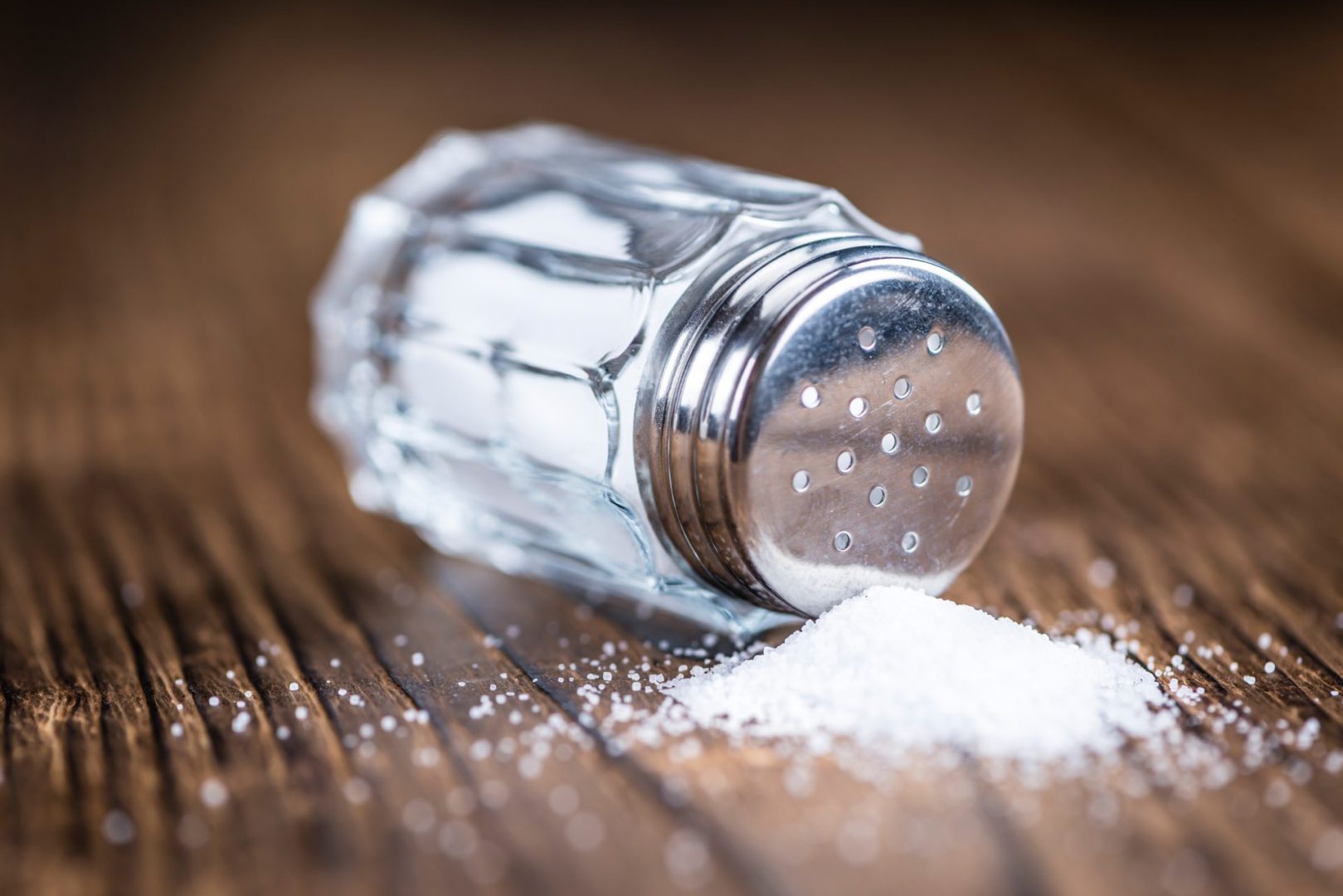That innocent-looking dinner roll carries a surprising secret. Medical experts reveal that a single slice of bread can deliver up to 230 milligrams of sodium. For someone enjoying toast at breakfast, a sandwich at lunch, and dinner rolls, the sodium adds up fast – potentially reaching dangerous levels.
Your deli meat obsession
Behind those convenient cold cuts lurks an unsettling truth. Medical professionals point out that a typical turkey sandwich might pack more than 500 milligrams of sodium. Even premium brands often rely heavily on sodium for preservation and flavor enhancement.
Cheese choices matter more than you think
While cheese offers valuable calcium and protein, it might also deliver an unwanted sodium surprise. Medical research shows some processed cheese varieties pack 400 milligrams of sodium per ounce – nearly a quarter of the recommended daily limit.
The condiment conundrum
That squirt of ketchup or splash of soy sauce might seem harmless, but medical experts warn these everyday additions pack a serious sodium punch. A single tablespoon of soy sauce can contain 1,000 milligrams of sodium – two-thirds of your recommended daily limit. Popular dressings and marinades often hide similar sodium levels behind their flavors.
Canned convenience comes at a cost
While canned soups and vegetables offer quick meal solutions, they carry hidden health risks. Medical researchers at the American Heart Association found that a typical can of vegetable soup contains more sodium than eight servings of salted potato chips. Even “healthy” vegetable options often swim in sodium-rich preservative liquids.
The frozen food factor
Those convenient frozen meals might solve your dinner dilemma, but medical professionals warn about their sodium content. Popular frozen pizzas, TV dinners, and even “healthy” frozen entrees often contain more than 1,000 milligrams of sodium per serving – nearly an entire day’s worth in a single meal.
Breakfast cereals hide a salty secret
Your morning bowl of cereal might secretly undermine your heart health. Medical studies reveal that many breakfast cereals, even those marketed as heart-healthy choices, contain surprising amounts of sodium. Some popular brands pack up to 300 milligrams per serving – before adding milk.
What medical experts recommend instead
Leading cardiologists suggest several practical alternatives to these sodium-rich foods. Dr. Elizabeth Martinez at Stanford Medical Center recommends choosing fresh vegetables over canned options and experimenting with herbs and spices instead of salt-heavy condiments.
The real impact on your heart
Recent medical research reveals how hidden sodium affects blood pressure over time. Studies show that reducing sodium intake by just 1,000 milligrams daily can lower blood pressure as effectively as some medications – without the side effects.
Reading labels like a professional
Medical experts share insider tips for decoding nutrition labels. Watch for terms like “sodium benzoate,” “monosodium glutamate,” and “sodium nitrite” – all adding to your daily sodium count without appearing as “salt” on the label.
The restaurant challenge
Eating out presents additional sodium risks. Restaurant meals often contain more hidden sodium than their home-cooked counterparts. Medical professionals suggest specific strategies for making smarter choices when dining out.
Understanding your body’s signals
Many people miss the subtle signs of excessive sodium intake. Medical experts describe key indicators that might suggest your sodium intake has crossed into dangerous territory, including unusual thirst and swelling in hands and feet.
The exercise connection
Physical activity plays a crucial role in managing blood pressure, but exercise alone can’t counteract excessive sodium intake. Medical research shows how combining proper nutrition with regular movement creates the best defense against hypertension.
Planning ahead makes a difference
Creating a low-sodium meal plan doesn’t mean sacrificing flavor. Popular food bloggers and medical nutritionists share their favorite tricks for building delicious, satisfying meals while keeping sodium in check.
Shopping strategies that work
Medical experts recommend specific shopping techniques to avoid hidden sodium traps. Simple changes in shopping habits can dramatically reduce your daily sodium intake without requiring major lifestyle changes.
The long-term outlook
Recent studies show that maintaining healthy sodium levels significantly reduces heart attack and stroke risk over time. Medical professionals emphasize that it’s never too late to start making better choices.
When to seek medical help
While dietary changes help many people manage blood pressure, some situations require medical intervention. Healthcare providers explain when to schedule checkups and what warning signs should prompt immediate medical attention.
Making changes that last
Creating sustainable eating habits takes time and patience. Medical experts suggest starting with small changes and gradually building healthier patterns that become second nature.
Looking toward the future
Emerging research continues revealing new connections between sodium intake and overall health. Medical professionals remain optimistic about developing more effective strategies for managing blood pressure through diet.
This comprehensive approach to understanding and avoiding hidden sodium sources empowers readers to make informed choices about their heart health. By staying aware of these common sodium sources and making thoughtful substitutions, you can better protect your cardiovascular health without sacrificing the foods you enjoy.















